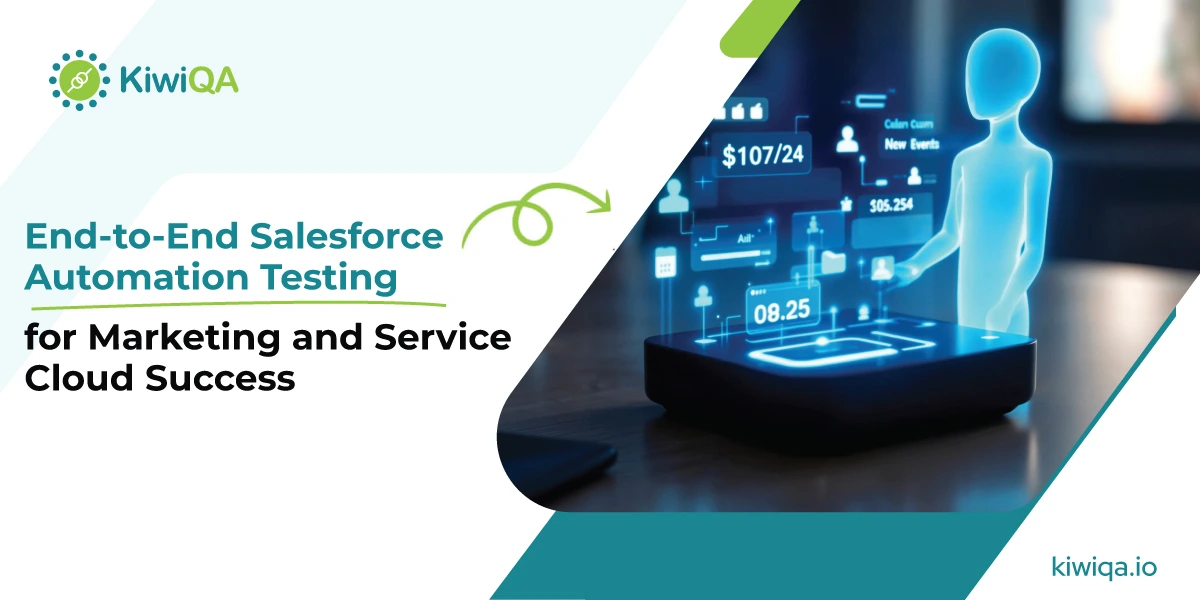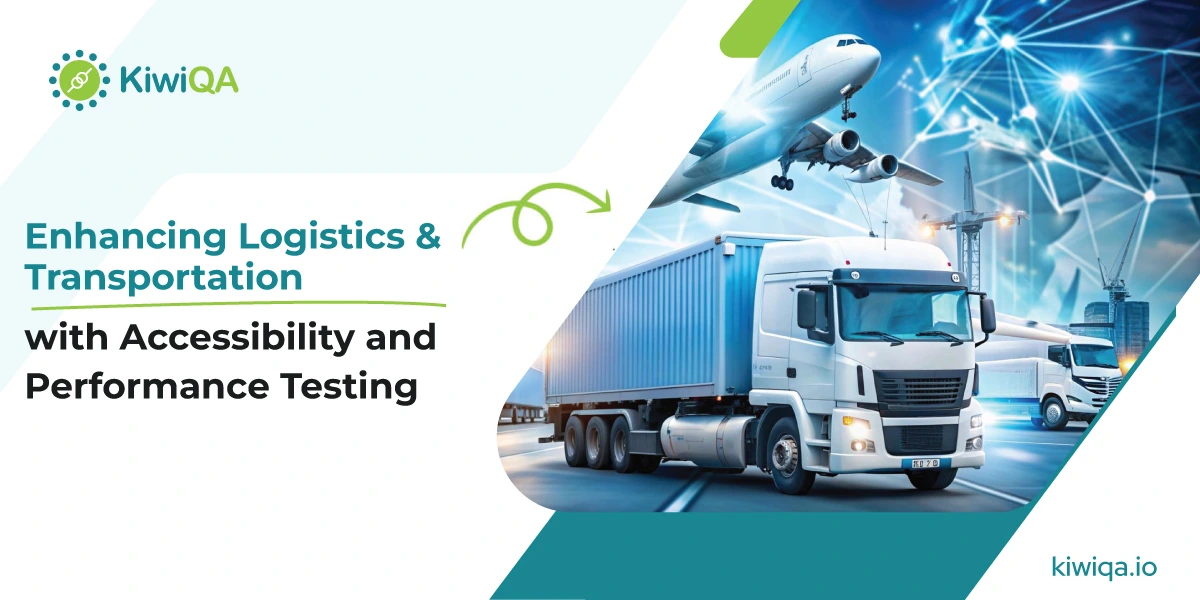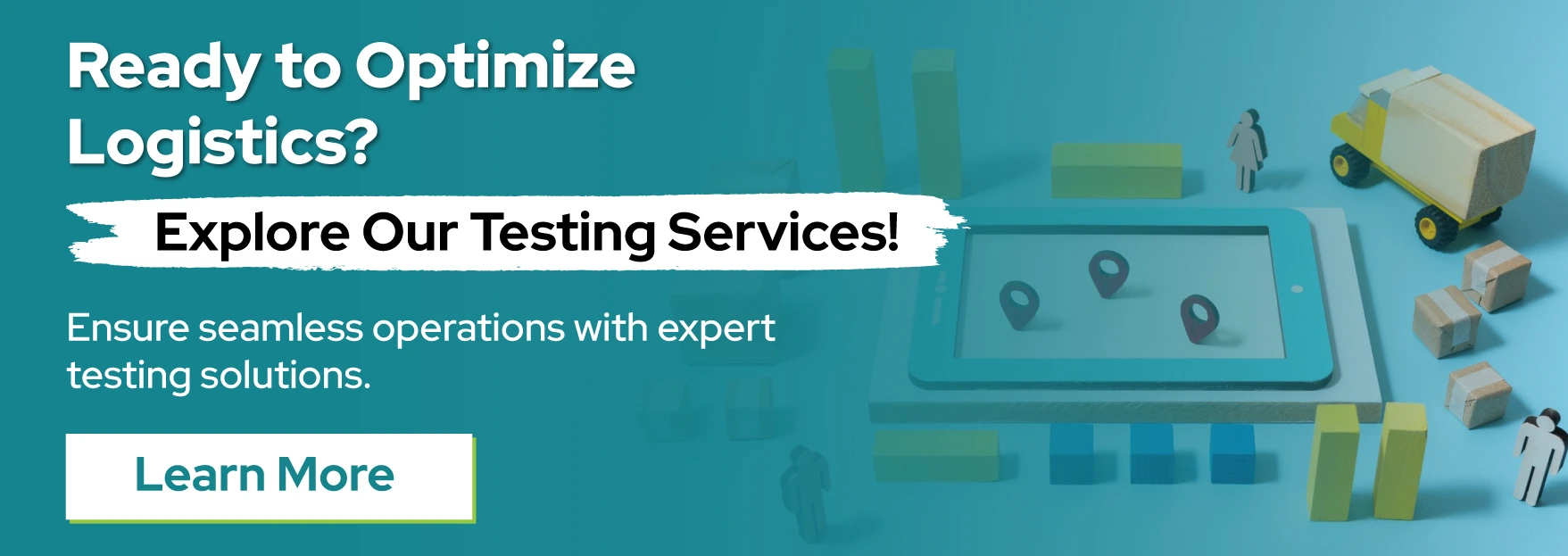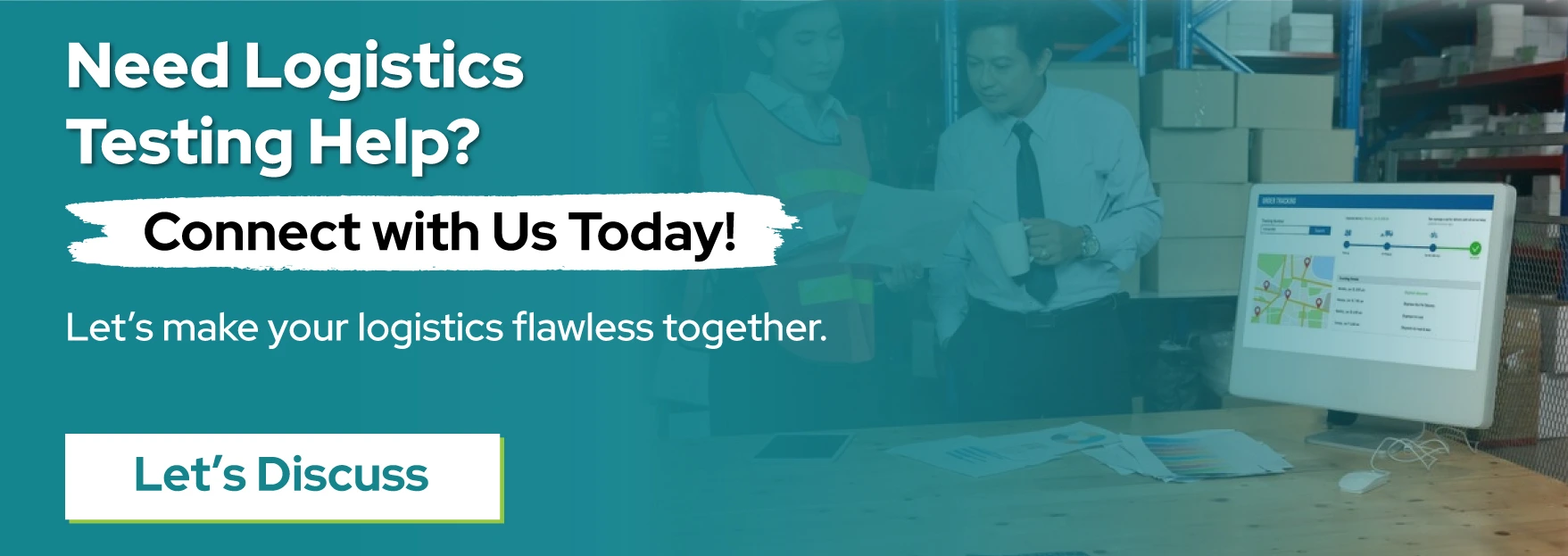Do you want to implement end-to-end Salesforce automation testing to enhance the success of your marketing campaigns and service cloud? The adoption of software automation testing is increasing massively. The market size of automation testing has reached a valuation of USD 28.1 billion recently. It is anticipated to cover USD 55.2 billion at 14.5% by the year 2028.
Moreover, according to recently studied industry trends, a typical goal for Salesforce automated testing is to achieve a coverage of 70-80% of test cases with automated tests. This figure shows us the importance of automation testing in Salesforce and the rising demand for it.
Want to know about Salesforce Marketing Cloud and Service Cloud before going to their automation testing?
Salesforce Marketing Cloud is defined as a cloud-powered digital marketing platform that assists digital marketers in segmenting audiences and personalizing messages. Moreover, it also aids in monitoring campaign performance and engaging leads.
Service Cloud is a customer support Salesforce platform that can undergo customization to meet individual business requirements. It helps business organizations manage customer support cases, knowledge bases, and interactions, providing a centralized view in order to resolve customer-related issues efficiently.
Both of these Salesforce implementations need rigorous testing. This is where you can go for Salesforce automation testing. It aids in faster identification and resolution of bugs.
For Salesforce implementations, it is highly recommended to go for end-to-end testing as it ensures great reliability and efficiency. For a high-end testing service, you can hire reputed salesforce testing services.
Let’s understand end-to-end automation testing in Salesforce in more detail, focusing on the core areas, key challenges, and much more.
Overview of Salesforce Automation Testing
Salesforce automation testing is an advanced testing solution where specialized tools and scripts are employed automatically for test execution on Salesforce applications. The testing mechanism involves verification of the app’s functionality across different scenarios.
Salesforce automation testing is completely different from the manual testing method. Manual testing involves a physically present human tester manually interacting with the apps in order to detect issues.
When you switch to the automation testing process, you will witness significant advantages in terms of various factors such as speed, quality, consistency, and scalability, especially for large-scale Salesforce deployments where repetitive tests are necessary to ensure quality and catch bugs at the earliest.
Major Challenges in Salesforce Marketing and Service Cloud Testing
When you are testing platforms like Salesforce Marketing and Service Cloud, you may face some challenges, such as:
Frequent updates and releases from Salesforce – You have to deal with continuous changes and updates to the Salesforce platform. The platform’s features and functionality keep on evolving to meet the growing demand of modern-age businesses. So, accordingly, testers must conduct automation testing in salesforce by keeping up with the app updates and future changes.
◈ Complex workflows, integrations, and customizations
These factors will significantly complicate the entire testing process. It makes it difficult to isolate issues and ensure every aspect of the customized Salesforce system is thoroughly tested, making it a major challenge for the Salesforce app testing teams.
◈ Ensuring data accuracy and security
Meeting data accuracy and keeping up with the security measures is a significant challenge in Salesforce platform testing. This is because it contains sensitive customer information that needs high protection. Moreover, testers need to maintain data integrity by using it for testing purposes. They have to follow careful data management with robust security measures.
◈ Testing across multiple devices and platforms
When you are testing a Salesforce application across multiple devices and platforms, it brings in significant challenges due to a diverse range of OS compatibility, screen size standards, and browser capabilities.
Also Read :Revolutionizing HRTech: Functional, Automation, and UAT Testing Best Practices
What are the Core Areas to Focus on End-to-End Testing in the Salesforce Environment?
1. Functional Testing
When a tester conducts functional testing in a Salesforce app, it involves in-depth verification of various activities such as workflows, app approvals, automation standards, email campaigns, customer journeys, and lead management features. The tester must confirm that all these are operating as intended, essentially checking each function within the system to ensure it is working correctly according to the defined business logic.
2. Integration Testing
In end-to-end integration testing of Salesforce applications, testers need to verify how seamlessly the Salesforce system is interacting with external systems such as ERPs, payment gateways, and other CRM tools. They should also check if API connections are working as intended or not. Also, the testers need to check data is exchanged accurately between platforms by maintaining a smoother flow of information across different apps.
3. Performance Testing
Another core area is performance salesforce testing automation, which involves evaluating the system’s load stability, user responsiveness, and scalability needs under different scenarios. The testers primarily stimulate high traffic to detect possible bottlenecks and ensure the application can handle peak user or extreme high-traffic activity without significant performance degradation. They will also closely monitor response times across different functionalities within the Salesforce platform.
4. Security Testing
Another major aspect of conducting end-to-end testing of Salesforce is security. Testers need to ensure compliance with data protection standards like GDPR and HIPAA while validating access controls and authentication mechanisms in a Salesforce app. The security testing mechanism must focus on verifying that only authorized users get the necessary access to sensitive data via robust authentication methods. It is better to implement multi-factor authentication as a defensive layer to protect the Salesforce platform.
5. Regression Testing
In end-to-end salesforce testing automation, regression testing is another core area in Salesforce that involves the creation of automated test cases. The test will be programmed after every new change or update is made to the Salesforce platform. It ensures that existing functionalities are not broken by the new features, leading to potential breakdowns in critical business processes.
Best Practices for Salesforce Automation Testing
◈ Select the right Salesforce testing tools
When selecting Salesforce software testing automation tools, you need to prioritize options that offer seamless integration with the Salesforce platform. The tool must offer support for both UI and API testing and enable data-driven testing. Also, ensure that it provides stable element locators and allows for modular test script creation. The top options are Selenium, TestNG, Provar, etc.
◈ Implement test automation frameworks
It is necessary to implement test automation frameworks for better scalability in Salesforce. You need to prioritize using automation testing tools that can better handle the Salesforce app’s complex DOM structure and leverage low-code approaches. Make sure to focus on modular design principles to create reusable test cases during automation testing Salesforce in order to enable parallel test execution and easier maintenance as your Salesforce platform grows.
◈ Practicing continuous testing in CI/CD pipelines
Continuous automation testing in the salesforce CI/CD pipeline refers to the automated execution of various Salesforce tests (like unit, integration, and functional tests) within the development process. Conducting continuous testing results in immediate real-time feedback when there are any sort of code changes.
◈ Use Real Test Data
Implement the practice of using real test data to acquire more accurate results. This means employing actual data from a live system or a representative real-world scenario to test software. When you get accurate test data, potential bottlenecks in the future will be minimized.
Also Read : Enhancing Logistics & Transportation with Accessibility and Performance Testing
How End-to-End Testing Drives Marketing and Service Cloud Success?
1. Improves Customer Experience
End-to-end testing methodology is prioritized to improve customer experience. It includes thoroughly testing the entire customer journey across both marketing and service functionalities within Salesforce clouds. This allows businesses to significantly improve their user experience by guaranteeing smoother and uninterrupted workflows. This further leads to better customer satisfaction and builds loyalty.
2. Reduces Downtime and Operational Issues
End-to-end (E2E) salesforce software testing automation of Salesforce Marketing and Service Cloud significantly reduces operational downtime and risks by defecting potential issues within an entire system before deployment. This ensures all components are working seamlessly together and reduces the risk of critical failures once the platforms are live in a production environment.
3. Improves Efficiency
End-to-end testing will significantly boost efficiency in Salesforce Marketing and Service Cloud by enabling faster and more reliable testing cycles. It will allow testers to validate complete user workflows across the entire system and identify potential bugs or issues at the earliest phase of Integration. The end-to-end testing also minimizes the need for repetitive manual testing and ultimately leads to quicker release cycles with higher-quality software.
Wrapping It Up: Achieve Salesforce Success Through Comprehensive End-to-End Automation Testing!
Looking to ensure seamless Salesforce performance for Marketing and Service Cloud Success? End-to-end Salesforce automation testing is recommended. Witness uncountable benefits to detect issues at the initial stage, take platform efficiency to another level, and enhance your customer satisfaction. By adopting automation testing mechanisms, businesses can streamline their entire Salesforce processes, achieve productivity, and set themselves up for long-term success.
So, do not let manual testing slow down your process, take advantage of advanced automation to maximize your Salesforce platform’s potential. Invest in expert Salesforce QA services for thorough testing solutions tailored to meet individual organization needs. It also ensures smooth integrations, bug-free experiences, and optimal functionality. Partner with a reputed Salesforce testing service provider for top-tier testing strategies that will keep your platforms running at their best every time. Unlock the full power of your Salesforce system with end-to-end automation testing!





